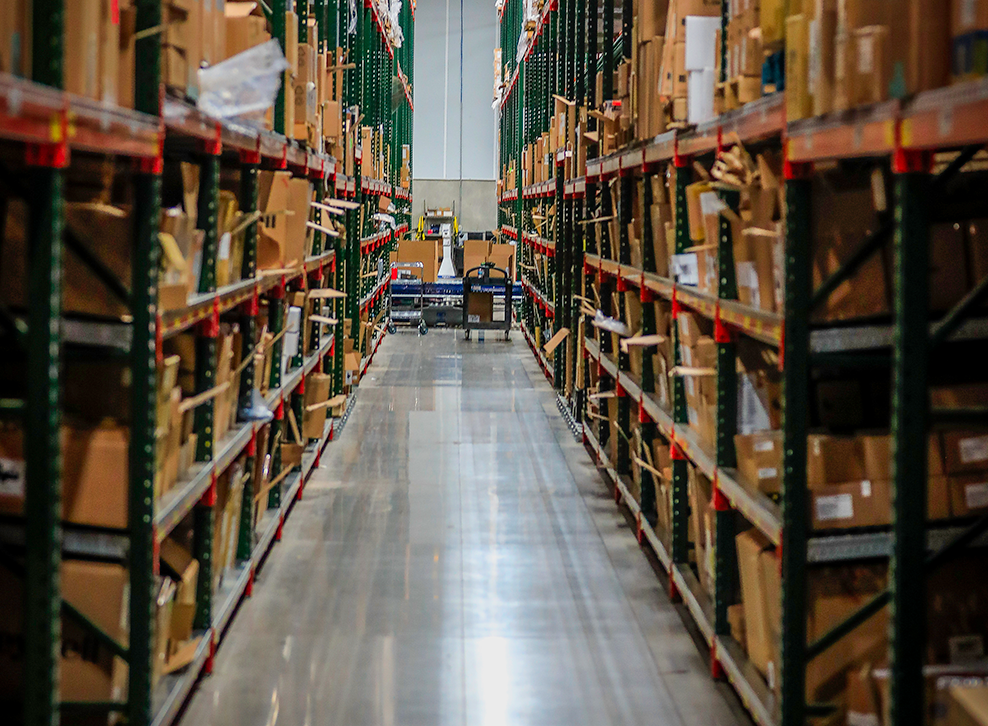At the recent Dynamics Summit held in Houston, Texas I got a chance to talk to many Microsoft Dynamics users and one topic kept surfacing in our conversations: The eventual move from Dynamics GP to Dynamics 365 Business Central (BC). With Microsoft announcing an extended support roadmap for GP well into the future, most of the people I talked to said they were going to make the move to BC slowly, mainly within the next 3 to 5 years.
Moving from one Enterprise Resource Program (ERP) to another is no easy task. Extensive data transfer planning as well as learning and training an entirely new software. However, one of the hidden challenges of this switch is the warehouse management system (WMS). Not only will you need to move the WMS to a new ERP, but you will also need to do an entire new integration with the WMS. This can lead to new layers of expenses and headaches, especially if your current WMS does not have an integration with BC, you’ll have to replace your WMS at the same time you replace your ERP.
Don’t Wait for a WMS
One way to avoid this problem is to address it now. If you are planning an ERP move over the next 3 to 5 years, it makes sense to employ a WMS now, this way the WMS can seamlessly make the move from GP to BC. You’ll already have key warehouse processes in place, your inventory will be under control, and your staff will be comfortable working with the software making the overall ERP transition less stressful.
For instance, the FASCOR WMS is a Tier 1 WMS, meaning that the software is completely written by FASCOR and is not dependent on add-on software or code. It has high functionality and flexibility, and it can easily make the move from one ERP to another. In fact, it is not uncommon that companies that FASCOR have worked with in the past have quickly outgrown their first ERP and needed to make the jump to a new one to meet their needs. For example, view the video below on how Bryan Equipment used the FASCOR WMS and switched from one ERP to another.
Working in the supply chain space I have seen many different things that companies have done before getting a WMS. Homegrown software written by an employee, WMS modules that come with the ERP and my favorite, Excel spreadsheets.
While these options might be budget friendly and good for a small company with only a few employees, they can become a serious obstacle for growth.
If your plan is to move to a new ERP, you will want to take advantage of all the functionalities of a WMS before you make the move. To get all the ROI out of your ERP investment you will need a WMS that integrates and works seamlessly together. You can also make the WMS part of your tech roadmap and pre-plan for the initial WMS rollout as well as the integration with the new ERP when the time is right.
The key takeaway is the time is now to start planning for your WMS and ERP needs and make sure that your short-term needs are being met as well as being aligned with your long-term goals.
Want to discuss it? Click here to set-up a conversation with one of our experts.

